Hey, thought leaders! I want to tell you about a powerful approach to thought leadership…
A Smart (And Simple!) Guide to Audience Engagement at Your Next Keynote
It’s a horrible feeling to stand in front of an audience halfway through your keynote, and realize that they’re all looking at their phones, whispering distractedly to one another, or sneaking out the back of the hall. Why aren’t they listening to you? Why are you losing their interest?
What’s going wrong?
If you want to reach your audience and keep their undivided attention, you’re going to need to speak directly to their issues and relate to their organization’s specific problems. You need to know their situation, and be familiar with their context. Are you speaking at a conference? For an organization’s leadership team? Is it a global online chat for the entire company?
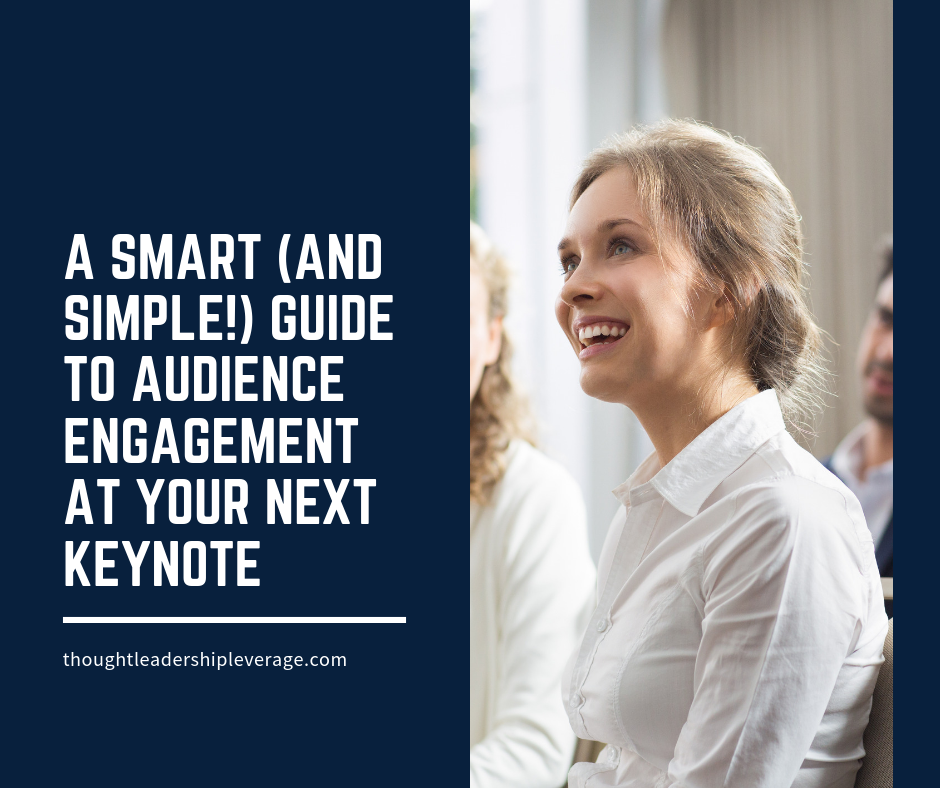
Different audiences have different reasons to listen.
Do you know why most of those butts are in the seats? For some events, your audience may be there simply because the company’s sales conference was in an attractive city—like Vegas, Orlando, or San Diego. They’re more interested in what’s going on after the conference than they are about what you have to say. But let’s say the event planner did their job well and booked you because your insights align with the conference’s theme. You’ve got a compelling topic. And maybe there are people in the audience who are seeking solutions to specific problems. You just have to engage them.
A keynote is not a concert tour.
You can’t just play your greatest hits over and over, giving the exact same speech for every audience. You need to give your audience what they’re looking for, and offer something they can take immediately apply. If you don’t understand your audience and the challenges they face, you have a problem. So how you do that? More importantly, how do you do it at scale?
Many speakers, especially those giving a presentation within an organization, will ask to interview some of their audience prior to the event. They sit down with a small group, or take the time to call and ask, “What are you concerned about? What’s happening within your organization or your industry? Do you have any feedback to offer?” The point of these discussions is to get context for your presentation. Once you have that information, you can customize the speech, insert some relevant examples, and directly address the audience’s unspoken questions and concerns. That’s one way to take a keynote to scale.
Another way is to send a set of survey questions to a larger population of the audience about three weeks before the event, and ask smart questions so you can understand their mindset and the issues they face. Be sure to use multiple choice or Likert-scale questions for your survey; open-ended responses are harder to process and weave into a speech. This kind of early information allows you to say from the stage, “Okay, 75% of you identified this as a major pain point within your company. Let’s talk about it.” It allows you to prepare and offer genuine ideas tailored to their situation – and that kind of information is going to keep the audience listening.
When you relate to your audience’s content and get them to lean in, it creates strong opportunities.
Clients appreciate that kind of attention to detail, and will see the impact. That allows you to position potential solutions, identify offerings they need, and convince the client that your thought leadership applies to the challenges they face every day.
Comments (1)
Comments are closed.
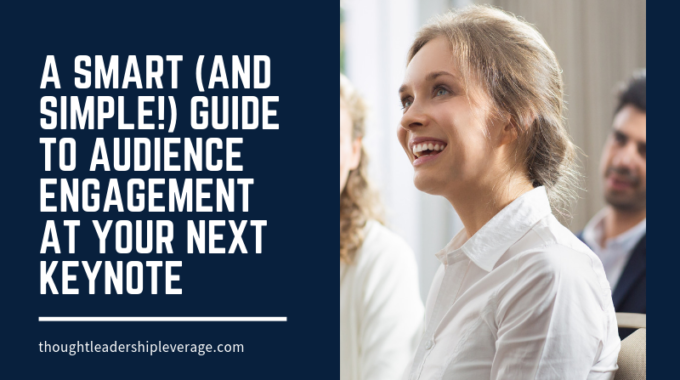
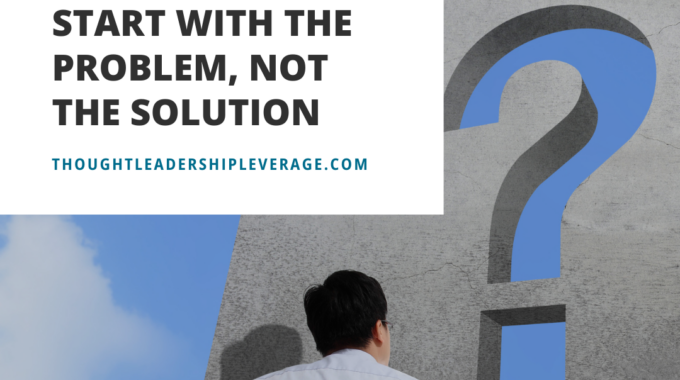
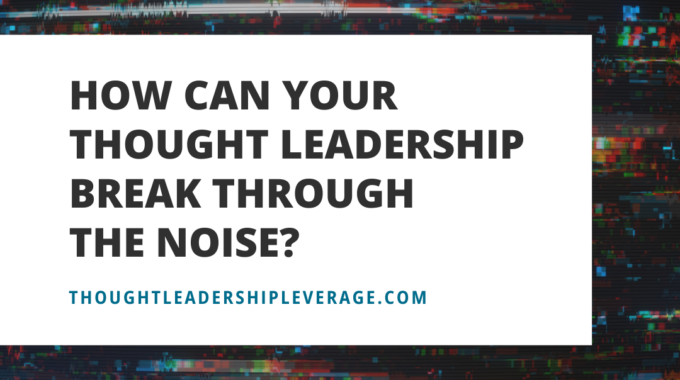

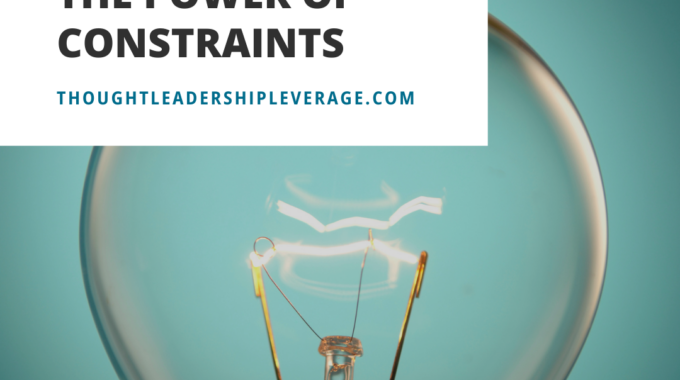
Good article with some very pertinent tips. Thank you Bill.